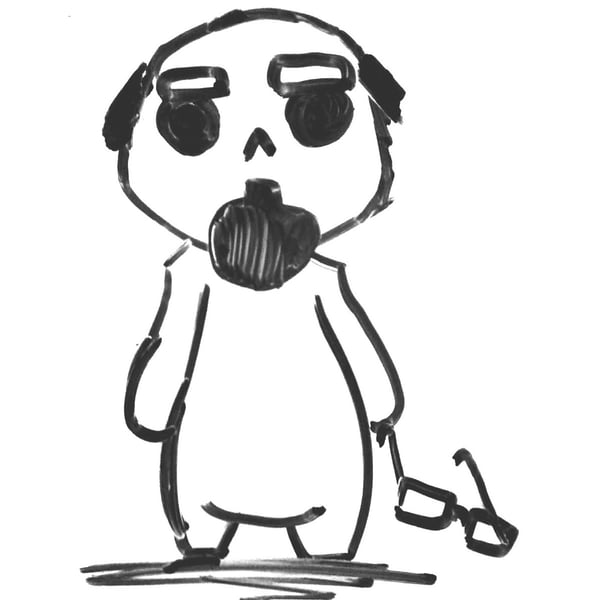PICTOPHARMA™ APP FOR SENIORS
In development since February 2022, the PictoPharma - PharmaceuticalPictogramSystem™ - App for Seniors is a research project focusing on the notion of optimization of medication-taking processes among the senior population, through the use of personal communication media, or specifically through an mobile phone app.
The project arose from an issue, identified in the doctoral thesis Design and evaluation of pharmaceutical pictograms (Camacho, 2013, http://hdl.handle.net/10773/ 12260). In line c), section 7.4.2 the author describes the senior population as one of the “groups with difficulties in remembering and/or understanding the intake plan”. The app aims to minimize the occurrence of errors in medicine intake. It is targeted at the info-included present and future senior audiences who regularly use a smartphone and complementary personal communication devices.
The project makes use of the main subject of Human-Computer Interface, by tapping 2 specific areas.
First the area of multi-modal interface design. Current mobile technologies allow for the usage of these interfaces through notification systems that can alert the user, not only through personal communication devices but also through devices available in the technological ecosystem built to be used in the home environment. These notifications systems can include visual, auditory and tactile messages and because most devices nowadays are being built with two-way communication capabilities they can also provide assistance by means of tutorials while auditing the intake of medicine.
Secondly in order to prevent errors in the setup of the intake plan, all pertinent information aims to be fully automated by using computer vision technologies such as the QRCode standard for textual structured information and the PictoPharma - PharmaceuticalPictogramSystem® for general and specific dosage and intake constraints. Our expected goal is to reduce errors in medication intake by at least 30%.
The PictoPharma - PharmaceuticalPictogramSystem™ - App for Seniors is project built upon 3 shifts/trends in how people use personal communication devices currently and their expected usage in a near future.
The first one is the increasing use of smartphone-type personal communication devices, which are now common to all age groups, not only for their affordability and service, but also for their increasingly focused role on the "single user”, thus becoming a complete database of personal information to the point in which, for instance, personal health data is stored. According to the 2020 Communication Yearbook (Obercom, 2021), data indicating the number of computer users by age group in Portugal remained stable between 2002 and 2008, the year in which we see a constant increase of at least 5% in the age group between 55-64 years and 65-74 years (2008-2017). If we take into account that the smartphone market segment began in 2008 with the release of Apple's iPhone, it is credible to assume that this increase includes the concept of smartphone as a computer or as a computer alternative. It is also likely that this increase is the result of research on user experience design developed to reach these age groups, which is also an opportunity of a later research and follow-up research.
The second one, developments on notification technologies, aiming the “always-on” availability paradigm allows for HCI to use visual, motor (vibration) and audible (warning sounds) notifications, as well as the transfer of this notifications between technological devices, which poses new challenges regarding monitoring by a guardian and other privacy challenges, like data retention policies to which there are not easy answers. The third one concerns computer vision technology which made several breakthroughs in recent years from being able to track colors, objects and human faces to being now able to identify unequivocal objects and people. This development was so successful that this feature is already being used as biometrical security system. This was only possible because mobile devices now have built-in sophisticated photographic cameras and considerable storage capacities, creating new opportunities in the area of user experience, interface and interaction design.
We believe that the increase in usage of personal communication media by senior audiences constitutes a great opportunity for a more broader adoption of the PictoPharma - PharmaceuticalPictogramSystem while being a important contribution in follow-up research in areas that benefit from pictographic systems as well as iconology research in user interfaces.
